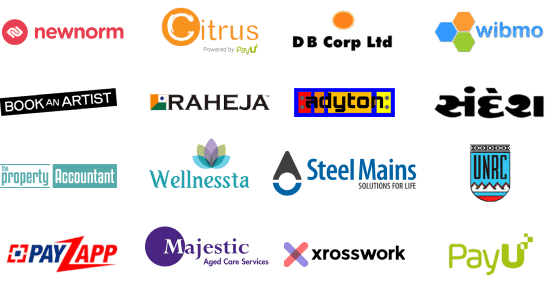Understanding Micro SaaS vs Traditional SaaS
In the ever-evolving tech landscape, the term 'SaaS' (Software as a Service) has become a common part of our vocabulary. It's a business model that has transformed how we use software, making it more accessible, cost-effective, and scalable. However, within the broad umbrella of SaaS, there's a burgeoning niche that's drawing attention for its unique approach and potential: Micro SaaS. Let's demystify these terms and explore the key differences between Micro SaaS and Traditional SaaS.
What is Traditional SaaS?
Traditional SaaS companies offer software services on a subscription basis, eliminating the need for physical copies or individual licenses. These platforms often aim to serve a broad market, offering comprehensive solutions that cater to a wide range of needs. Think of giants like Salesforce or Microsoft 365, which provide extensive features and integrations to businesses of all sizes. Traditional SaaS is characterized by significant initial investment, large teams, and a focus on continuous growth and expansion.
Entering the World of Micro SaaS
Micro SaaS, in contrast, operates on a much smaller scale. These are niche products typically developed by individuals or small teams. They focus on solving specific problems for a targeted user base, often adding value to existing larger platforms through plugins or extensions. Micro SaaS businesses require less capital to start and operate, aiming for sustainability and profitability without necessarily pursuing aggressive growth.
Key Differences
- 1) Scale and Scope
Traditional SaaS: Targets broad markets with a comprehensive set of features.
Micro SaaS: Focuses on niche markets, providing specialized solutions. - 2) Investment and Resources
Traditional SaaS: Requires significant upfront investment and resources for development, marketing, and sales.
Micro SaaS: Can be started with minimal investment, relying on the founder's skills and small, if any, additional resources. - 3) Growth Ambitions
Traditional SaaS: Aims for rapid growth, scaling, and market leadership.
Micro SaaS: Prioritizes sustainability and profitability over aggressive expansion. - 4) Team Size
Traditional SaaS: Operates with large teams across various departments.
Micro SaaS: Often run by an individual or a small team, sometimes working remotely and in a more flexible manner. - 5) Customer Relationship
Traditional SaaS: While customer service is crucial, interactions are often more formal and structured.
Micro SaaS: Offers a chance for more personalized customer service and a direct feedback loop with users.
Why Does This Matter?
Understanding the differences between Micro SaaS and Traditional SaaS is crucial for entrepreneurs, investors, and users. For entrepreneurs, it shapes the approach to product development, funding, and market entry. Investors might find appealing opportunities in the nimbleness and innovation of Micro SaaS. At the same time, users benefit from highly specialized solutions that address specific pain points, often overlooked by larger, more generalized platforms.
Conclusion
As the SaaS model continues to dominate the tech industry, the rise of Micro SaaS showcases the power of niche targeting and lean operation. Whether you're looking to start your own SaaS venture, invest in promising startups, or simply explore efficient software solutions for your business, understanding these differences can help navigate the vast SaaS landscape more effectively.
In essence, the choice between Micro SaaS and Traditional SaaS comes down to one's goals, resources, and the specific needs of the target audience. Both have their place in the digital ecosystem, offering unique advantages and challenges. As we look to the future, the symbiosis between these two models will undoubtedly continue to spur innovation, providing tools and services that drive businesses and individuals towards greater efficiency and success.






